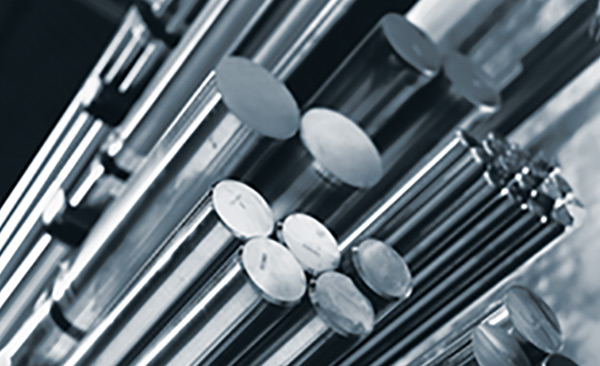What is Duplex?

Duplex and Super Duplex Grades of Stainless Steel offer exceptional deterioration resistance when 316 grade simply isn't enough.
Duplex Stainless Steel Fasteners (SAF 2205 or UNS S31803) or Super Duplex Stainless Steel Fasteners (SAF 2507 or UNS S32750) https://writeablog.net/muallefwan/stainless-steel-is-steel-which-has-chromium-added-to-it are grades of Stainless-steel frequently needed in the battle against corrosion when 316 grade just isn't enough, such as being constantly immersed in salt-water. A crucial feature of Duplex stainless-steel is that its pitting and crevice corrosion resistance is significantly exceptional to that of 304 or 316 grade Stainless Steel.
This integrated with high mechanical strength and ductility makes it an excellent product for a lot of applications. Typically 316 Grade Stainless-steel is referred to as 'Marine grade' - and yes while it is often used and perfect for marine environments such as fastenings on a private yacht's deck, it is by no suggests the most robust alloy for high chloride environments (E.g. salt-water). Where fastener strength and integrity is important, such as for bolts in a Luxury yacht's Keel, a Duplex or Super Duplex Fastener is needed. Also where a Stainless Fastener is immersed in salt-water, Duplex would be the minimum requirement. Duplex and Super Duplex Fasteners are not generally 'off the shelf' and equipped by stainless fastener suppliers. They are made to order and making sure the source is focused on Duplex fastener manufacture with a high degree of Quality Control is critical.
Duplex Production technologies
Duplex fastenersare ideally made with created heads and rolled threads, with the heating in the creating procedure thoroughly temperature controlled.
Duplex fasteners can be CNC machined from round or hex bar - however ideally they would be made with forged heads and rolled threads. Threads should be rolled rather than machined to guarantee smoother, stronger threads are gotten as compared to machined/CNC threads - this increases the thread's yield strength, surface finish, firmness, and use resistance. When Hot Creating the fastener head, temperature level control is important. When heating Duplex you need to avoid prolonged time in the critical temperature level zone as this encourages unwanted Nitrides and Carbides to form. It is essential that digital control equipment is used to rapidly warm through this temperature level zone and instantly eliminate from the heat source when the temperature is optimal for creating. Any Duplex product must then undergo laser marking to guarantee traceability of the fastener through the supply chain. Test Certificates need to likewise constantly be acquired.
Duplex Applications - where would you use Super Duplex over Duplex?
Applications which can benefit from the use of these duplex steels include piping systems, pumps (where the great disintegration and abrasion resistance is employed), valves, heat exchangers, Keel Bolts, utilized with products submerged in salt-water and other equipment.
Duplex has exceptional basic deterioration resistance; remarkable to grade 316 in a lot of environments, consisting of resistance to inter-granular, pitting and crevice corrosion. Super Duplex has even higher pitting resistance. In summary - 316 is great, Duplex is duplex steel s31803 fantastic and Extremely Duplex is well - 'SUPER'! Among the most common approaches to define resistance to pitting deterioration is the PRE value, Pitting Resistance Equivalent. The PRE can be determined from the composition as: PRE = %Cr + 3.3 %Mo + 16 %N Plainly grades high in the alloying elements Chromium and especially Molybdenum and nitrogen are more resistant.